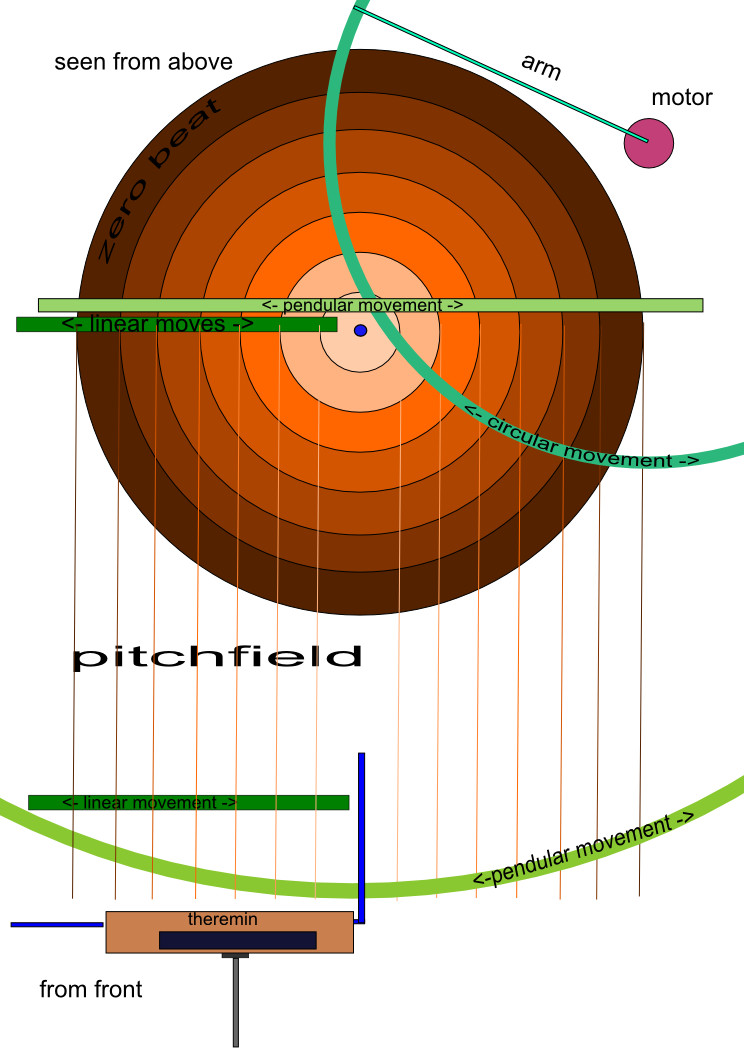"To me, it looks like offset heterodyning makes matters far worse at the far / bass end.. that the standard null tuning gives the best far field result." - FredM
True if you are doing simple heterodyning, where any offset will kill the far field. But if you are pursuing a digital route then you can do a second numerical offset (subtraction) which will restore the far field sensitivity by restoring the null.
Period measurement vs. frequency measurement is the same for where these two measurement modes make sense on a higher end frequency counter that can do period measurement. When one has a high speed reference and one is trying to measure a high input frequency, one divides the reference by some large fixed number to get an interval like 0.1s or 1s and then counts the input frequency edges in the interval. When one has a high speed reference and one is trying to measure low input frequencies, it makes more sense (i.e. one obtains more information) if one counts the reference clocks in the input period. In the absence of averaging, frequency measurement resolution is limited by the input frequency period, whereas period measurement resolution is limited by the high speed reference period.


